Danny | Posted on |
24/7 Free Scheduling.
Cancel any time.
Get Your FREE Estimate!!
Living near busy roads makes outdoor time less relaxing. Fortunately, there are practical, attractive solutions that significantly reduce street noise. This guide covers the best **noise-reducing fence options for Pasadena homes near busy streets**, with material comparisons, installation tips, and design ideas so you can reclaim quiet without sacrificing curb appeal.
How Acoustic Fencing Works
A noise-reducing fence works by blocking, absorbing, or deflecting sound waves. The most effective solutions combine dense materials, mass, tight construction, and strategic placement to reduce perceived noise levels in your yard.
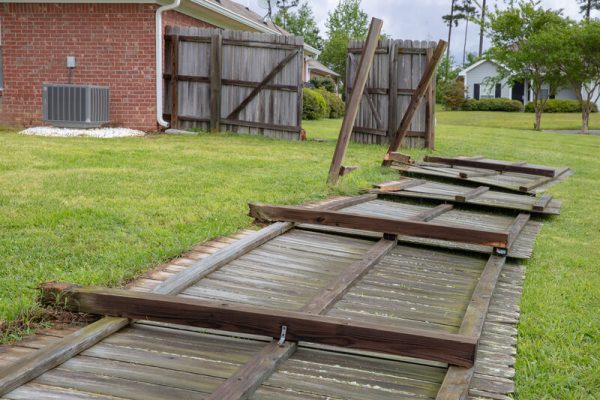
Blocking vs. Absorbing Sound
Blocking (mass and height) prevents sound from reaching your yard; absorbing materials (composite layers, acoustic panels) reduce reverberation and secondary noise.
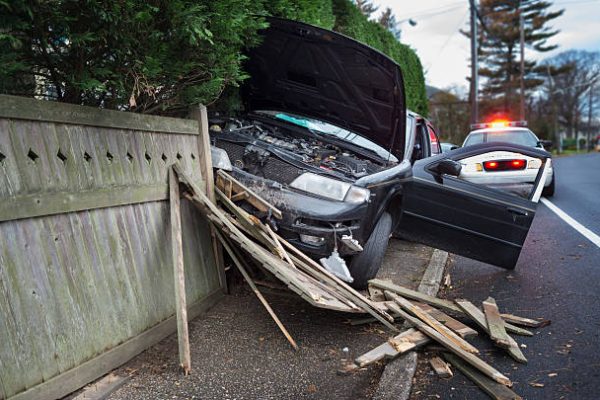
Importance of Mass and Density
Heavier, denser materials like masonry, thick composite panels, or specially engineered acoustic boards perform better than thin pickets in stopping low-frequency traffic noise.
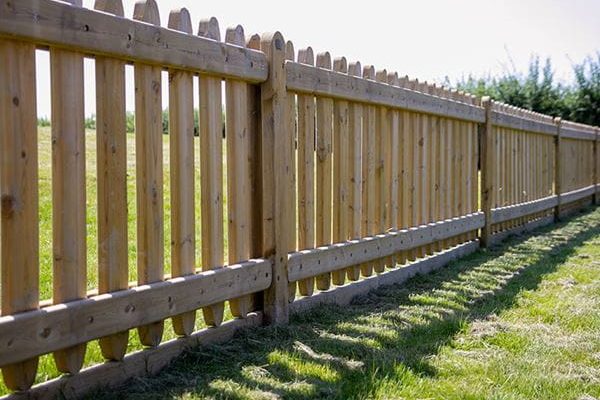
Tight Construction is Key
Gaps and airflow let sound through. Properly sealed joints, overlapping boards, and continuous panels dramatically improve performance.

Placement and Landscaping Synergy
Position fences closer to the noise source and use earth berms, hedges, or evergreen plantings on the street side to amplify acoustic benefits.
- Call HandyMaestro at (626) 325-2617 for a free quote today!
Best Materials for Noise-Reducing Fence Options
Not all materials are created equal for sound control. Here are the top choices that balance acoustic performance with Pasadena-friendly aesthetics.

Solid Composite Panels
Composite panels with dense cores offer excellent sound-blocking and mimic wood grain for a natural look without the upkeep.

Masonry & Concrete
Concrete and masonry walls provide the highest level of sound blocking — ideal where maximum noise reduction is required and zoning allows.

Acoustic Wood with Mass-Loaded Vinyl (MLV)
Traditional wood augmented with MLV layers creates a hybrid solution: the look of wood, the mass of engineered sound barrier materials.

Pre-Fab Acoustic Panels
Factory-made acoustic fence panels (often multi-layer) are engineered specifically for sound attenuation and speed of installation.
Design & Installation Strategies for Maximum Noise Reduction
Material alone won’t do it — how the fence is built and positioned matters just as much for reducing street noise.
Increase Height Where Permitted
Every additional foot helps; if local codes allow, raising fence height by even 12–24 inches can noticeably reduce noise.
Staggered or Overlapping Boards
Designs that overlap boards prevent flanking paths for sound and strengthen the fence against wind.
Seal All Gaps and Joints
Use foam sealant, acoustic caulk, or interlocking systems to eliminate small openings that compromise performance.
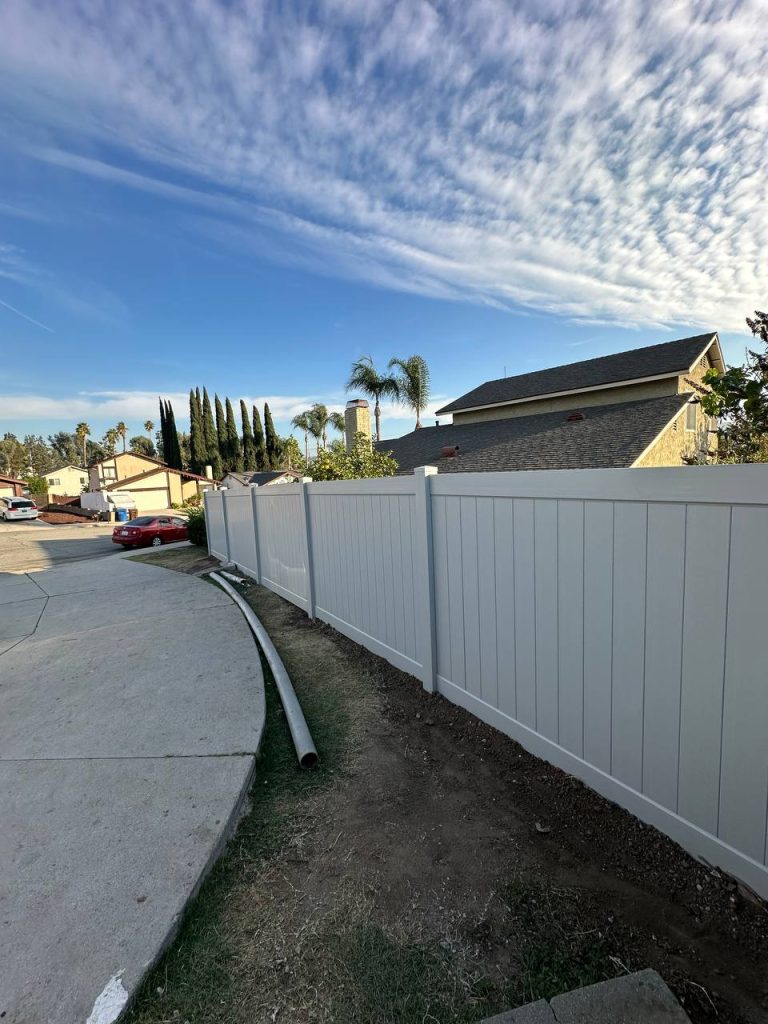
Practical Considerations: Permits, Budget & Maintenance Pasadena
When planning noise-reducing fence options for Pasadena homes near busy streets, factor in local rules, costs, and upkeep to ensure a long-lasting solution.
Check Local Codes and HOAs
Pasadena permit rules and HOA design rules may limit maximum height or require specific finishes—verify before choosing a heavy acoustic wall.
Budget vs. Performance Tradeoffs
Masonry offers best results but costs more; composite or MLV-augmented wood provides strong performance at a mid-range price point.
Longevity and Weather Resistance
Choose materials that withstand Pasadena sun and winter rains—composite, treated wood with proper coatings, and masonry require the least reactive maintenance.
Ongoing Maintenance Needs
Acoustic systems must keep seals intact; regular inspections after storms and re-sealing joints as needed preserve performance over time.
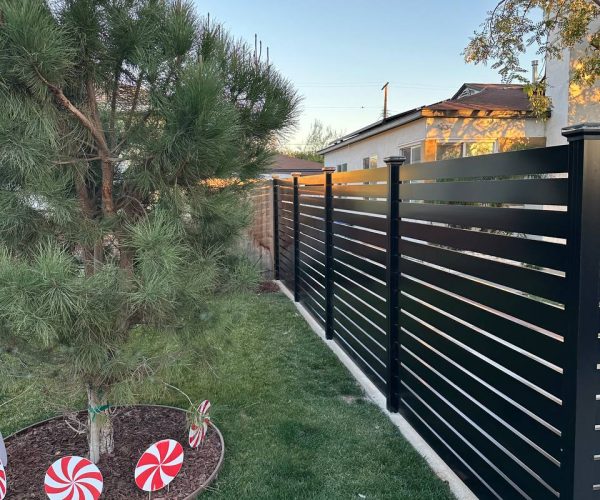
Proper design and installation are vital. Work with a contractor who understands acoustic principles as well as local Pasadena conditions.
Beyond financial loss, cheap fencing can quickly diminish the visual appeal of your home. In design-conscious communities like Pasadena—where landscaping and architecture often blend seamlessly—a deteriorating fence stands out for all the wrong reasons.
Acoustic Performance Assessment
A qualified installer will assess noise sources, measure baseline levels, and recommend a solution targeted to the decibel reduction you want.
Experience with Acoustic Materials
Ask for project examples using MLV, acoustic panels, or composite-masonry hybrids to ensure the contractor has relevant experience.
Detailed, Itemized Estimates
A good bid breaks out materials, seals, labor, permits, and optional landscaping/berm costs—so you can compare value, not just price.
Warranty & Follow-Up
Choose contractors offering workmanship warranties and a plan for post-installation checks to confirm acoustic performance.
Get Your FREE Estimate!!
Did You Know?
Local Spotlight: Tackling Street Noise Near Colorado Boulevard & the Arroyo Seco
Many Pasadena homeowners near major corridors—like Colorado Boulevard, the 210 connector areas, or residences bordering the **Arroyo Seco**—experience higher daytime and event traffic noise. In these locations, combining a noise-reducing fence with strategic landscape buffers (such as evergreen Chinese privet or laurel hedges) and small earthen berms can reduce perceived noise by 3–7 dB — a measurable and meaningful improvement. For properties backing onto busy streets near Old Pasadena, pairing a mid-height masonry base with composite upper panels creates an effective, attractive solution that aligns with local design aesthetics.




Leave a Reply